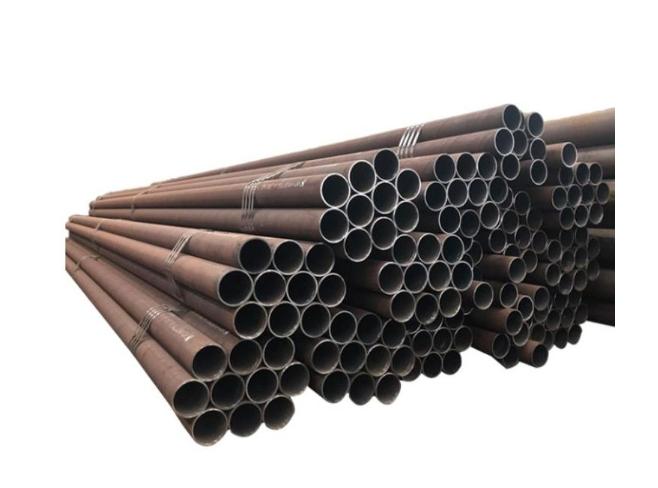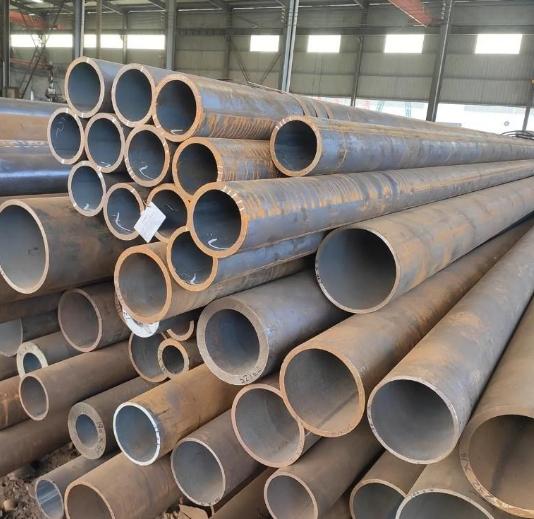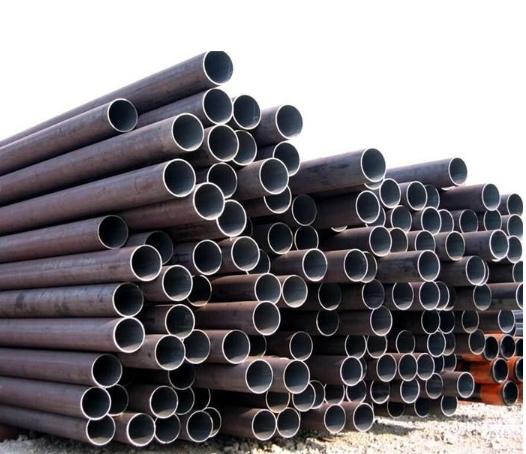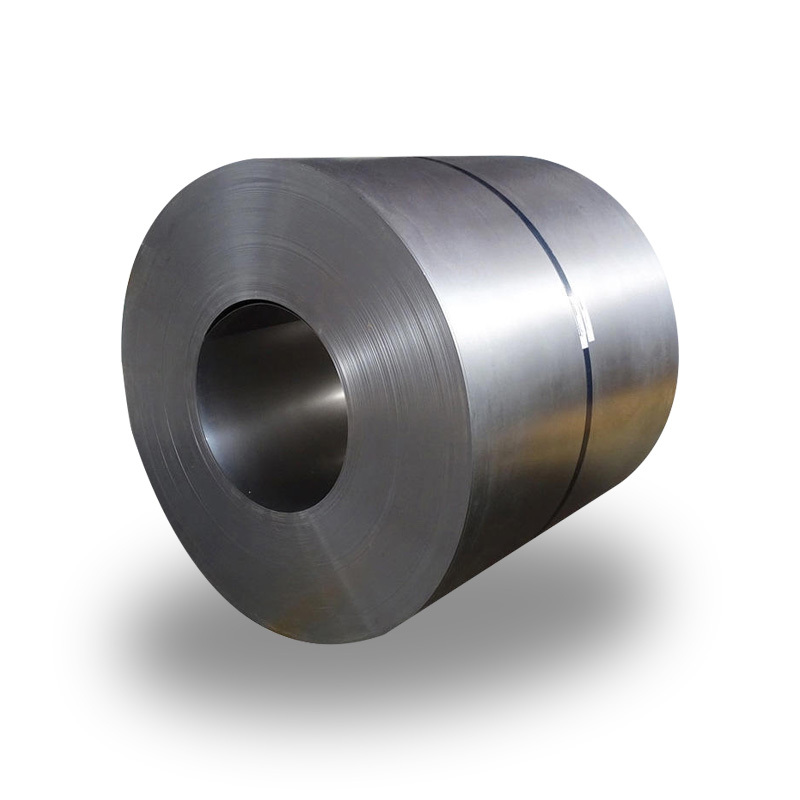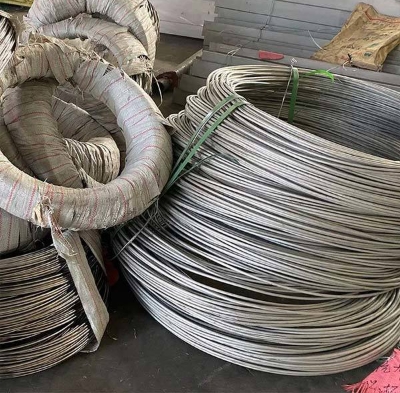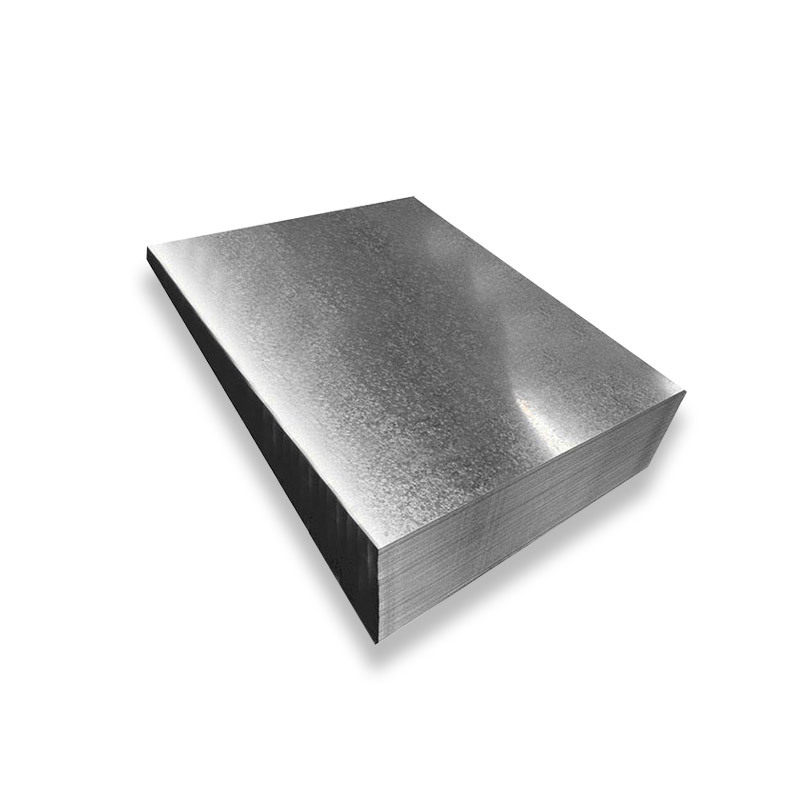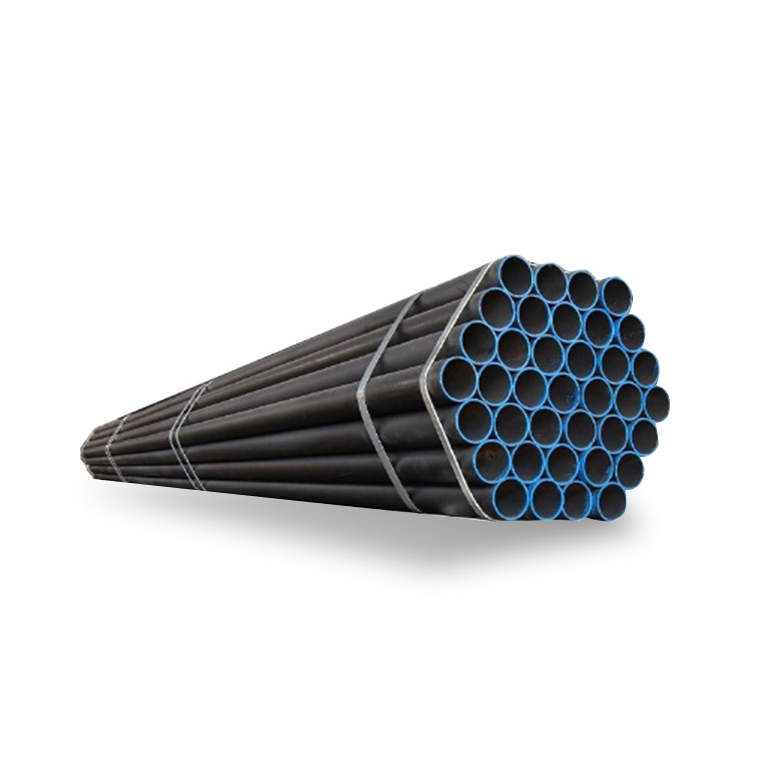Understanding the Importance of Carbon Steel ERW Pipe Making Machines
In the manufacturing of carbon steel pipes, ERW (Electric Resistance Welding) technology plays a vital role. Carbon steel ERW pipe making machines are designed to produce high-quality steel pipes efficiently and cost-effectively. Whether you’re setting up a new factory or upgrading an existing one, understanding how these machines work and choosing the right one is crucial for optimal production.
In this article, we will explore the functionality of carbon steel ERW pipe making machines, their advantages, the different types available, and key factors to consider when choosing the right machine for your business.
What Are Carbon Steel ERW Pipes?
1. Definition and Process of ERW Pipe Making
ERW pipes are manufactured using the electric resistance welding method, which involves the welding of edges of steel strips using electrical resistance and pressure. The process involves the following steps:
-
Uncoiling the steel strips.
-
Forming the strip into a pipe shape.
-
Welding the edges together using electric resistance.
-
Cooling the welded pipe and cutting it to size.
The carbon steel ERW pipe making machine automates this entire process, offering high-speed production with minimal human intervention.
2. Benefits of ERW Carbon Steel Pipes
ERW carbon steel pipes are widely used in various industries, including construction, oil and gas, and plumbing. The main benefits of ERW pipes include:
-
Cost-effectiveness: They are cheaper to produce compared to seamless pipes.
-
High strength and durability: ERW pipes can withstand high pressure and are highly resistant to wear and tear.
-
Customization: These pipes can be manufactured in different diameters and wall thicknesses, making them versatile for different applications.
For example, ERW pipes are often used for transporting natural gas, water, and oil in various pipelines.
Key Components of a Carbon Steel ERW Pipe Making Machine
1. Uncoiler Section
The uncoiler is the first stage in the pipe-making process. It unrolls the steel coil, ensuring it is straight and free of defects before being fed into the forming section. The machine needs to handle coils of various thicknesses and widths, so this section must be sturdy and capable of managing large loads.
2. Forming Section
In this stage, the uncoiled steel strip is formed into a cylindrical shape. The forming section is crucial because it dictates the accuracy of the pipe’s dimensions. Different machines use various forming methods, such as multi-roll forming or single-roll forming, depending on the size and type of pipe required.
3. Welding Section
The welding section is the core of the ERW pipe-making process. Here, electrical resistance is applied to the edges of the steel strip, causing them to heat up and bond together. The heat generated by electrical resistance is enough to create a strong seam without the need for external filler materials.
This section is equipped with precise control systems to ensure consistent welding quality and to avoid defects like misalignment or inadequate bonding. The welding machine can be either high-frequency or low-frequency, with the high-frequency method being more commonly used for smaller diameter pipes.
4. Sizing and Cooling Section
After welding, the pipe needs to be sized and cooled. The sizing section uses mechanical tools to expand the pipe to its desired diameter. The cooling section ensures that the welded pipe is cooled down rapidly to maintain its structural integrity.
5. Cutting and Finishing Section
Once the pipe has been sized and cooled, it is cut to the required length. The cutting section uses either a mechanical cutting or laser cutting method to ensure clean and precise cuts. The pipes are then subjected to final finishing processes like beveling, testing, and quality inspection.
Types of Carbon Steel ERW Pipe Making Machines
1. High-Frequency ERW Pipe Making Machines
These machines use high-frequency electric current for welding, making them ideal for producing small to medium-diameter pipes. The advantages of high-frequency machines include:
-
Faster production speeds.
-
Better seam quality.
-
Lower energy consumption.
High-frequency ERW machines are commonly used in industries like construction, where pipes are required in large quantities.
2. Low-Frequency ERW Pipe Making Machines
Low-frequency machines are typically used for producing larger-diameter pipes, where the welding process requires more time and precision. These machines are slower than high-frequency ones but are capable of handling thicker steel strips and producing stronger welds for larger pipes. They are often used in applications like oil and gas pipelines, where strength and reliability are essential.
3. Multi-Functional ERW Pipe Making Machines
Some advanced carbon steel ERW pipe making machines are designed to be multi-functional. These machines can be adjusted to produce different pipe sizes and types without requiring significant reconfiguration. While these machines are more expensive upfront, they are cost-effective for companies that need to produce a wide variety of pipe sizes and specifications.
How to Choose the Right Carbon Steel ERW Pipe Making Machine
1. Evaluate Production Requirements
The first step is to assess your production needs. Consider factors like:
-
The diameter of pipes you need to produce.
-
The thickness of the pipes.
-
The quantity of pipes required per day or month.
For example, if you plan on producing large quantities of small-diameter pipes, a high-frequency ERW machine would be the most cost-effective choice. However, for large pipes needed for industrial applications, a low-frequency machine may be better suited.
2. Consider Energy Efficiency
Energy consumption is a key factor in choosing the right machine. High-frequency machines generally consume less power than low-frequency machines, making them more energy-efficient for small and medium-diameter pipes. It’s essential to balance production speed with energy efficiency to reduce operational costs.
3. Check for Automation Features
Automation can improve the efficiency of your production line. Look for machines that include features like automatic pipe length measurement, automatic cutting, and quality control systems. Automated systems can help reduce errors and improve overall product consistency.
4. Review After-Sales Support and Maintenance
A good supplier of carbon steel ERW pipe making machines should offer solid after-sales support, including:
-
Training on how to operate the machine.
-
Routine maintenance and repair services.
-
Spare parts availability.
A reliable supplier will ensure that your machine continues to operate at peak efficiency over time.
Common Mistakes to Avoid When Buying ERW Pipe Making Machines
⚠️ Attention: Common Mistakes to Avoid!
-
Focusing Solely on Price: While price is important, the quality of the machine, energy consumption, and after-sales service are also crucial.
-
Ignoring Production Flexibility: If your production requirements change in the future, you’ll want a machine that can adapt to new specifications.
-
Neglecting Maintenance Needs: Ensure the machine is easy to maintain and that spare parts are readily available.
Practical Checklist for Purchasing a Carbon Steel ERW Pipe Making Machine
Before finalizing your purchase, ensure you have checked the following:
-
✅ Production capacity meets your needs.
-
✅ Energy efficiency is optimized for cost reduction.
-
✅ Automated features are available for smoother production.
-
✅ After-sales service and maintenance options are clear.
-
✅ Supplier reputation is solid with positive customer feedback.
Conclusion: Making the Right Investment
Investing in a carbon steel ERW pipe making machine is a significant decision for any business in the steel pipe industry. By understanding the types of machines available, the factors to consider, and how to avoid common mistakes, you can ensure that you choose the best equipment for your needs. Whether you opt for a high-frequency or low-frequency machine, be sure to balance cost with quality to maximize your ROI.


